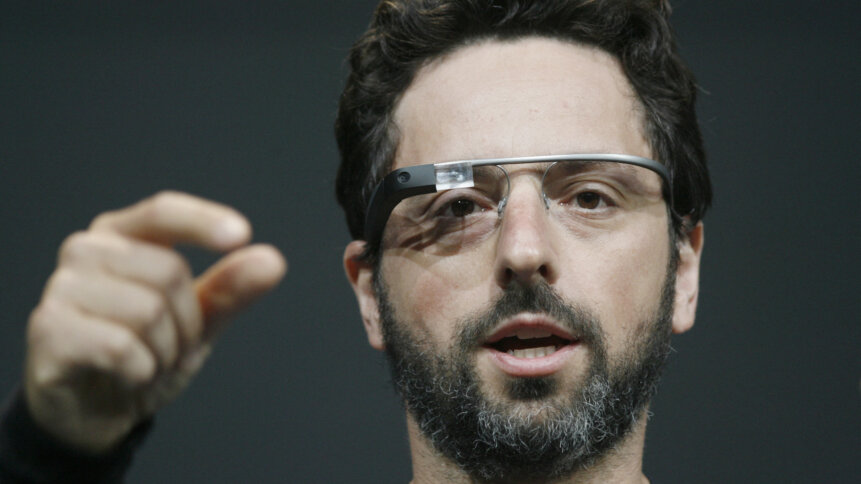Smart Glasses: Can Facebook succeed where Google Glass flopped?

- Once slated as the next big thing in tech, Google Glass exited the market almost as quickly as it arrived
- Mountain View’s smart glasses did not provide meaningful benefits to its early adopters
- Nearly a decade later, Facebook teams up with Ray-Ban for a different sort of smart glasses
Almost a decade ago, Google introduced the world’s first mass-produced smart glasses known as the Google Glass. The ‘futuristic’ product was only released to the developer community in April 2013, a year after its concept was first showcased. There were significant efforts made to get Glass into the consumer marketplace. Alas, it never made it past the prototype stages.
By January 2015, the search engine powerhouse announced that it was discontinuing its smart eyewear range. To put it simply, the growth of the product was held back mainly by public perception — perception of how the wearable tech looks and functions, as well as its hefty price tag.
But if one were to look back nearly a decade ago, smart glasses seemed like they were going to be the next big thing when they first appeared on the consumer market. Smartphones had debuted a few years before, and the tech community as well as the general public were swept up in the commercial optimism of a rejuvenated period of technological innovation. Alas, the concept quickly faced obstacle after obstacle, before being eventually dropped.
Google did mention six years ago that it is still committed to re-launching smart glasses as a consumer product,although it was unlikely to remain as Google Glass in its present form then. Let us take a look at possible factors behind the fall from grace of Google’s ambitious smart glasses — and the rise odf
Ahead of its time
Truth be told, when Google Glass was briefly out there, wearable technology still had a long way to go. There were too many questionsamong users, not to mention non-users, on how a device like Glass could be used in public settings.
The Glass prototype known as the Explorer edition — since it wasn’t even really publicly available — dispensed a select group of US “explorers” that would have to pay a hefty price of US$1,500 for the privilege of sporting the high-tech frames.
The tech world may have been taken aback by the withdrawal of the Google Glass announcement on January 19, 2015. For the average consumer, there wasn’t much use for it. Sales definitely didn’t catch fire. Experts then reckon Google may have needed to stop and listen to the everyday needs of regular consumers out in the world.
A not-so-smart Glass after all
When the selected purchasers got their hands on Google Glass, issues started to unfold. The most apparent downside was how Google Glass didn’t really provide the augmented reality experience the company had proclaimed in its initial marketing. What it was instead was more of an extra screen for a typical smart device, displaying notifications, weather, and other relevant information.
Looking back at past reports, many have said that the camera that comes in-built with Google Glass was supposed to be integral to the experience, but reportedly had questionable quality. Even back then, smartphones were already capable of much better performance on that front, both for static pictures as well as for videos.
For all intents and purposes, Google’s smart glasses were a less powerful version of the various smartphones available at the time, while costing significantly more. Many users even found the voice and touch user interface highly complicated. And to top it off, the battery life of Google Glass was only three to four hours. Seamless whole outdoor day experience, it was not.
The smart glasses space belongs to Facebook — for now.
When Facebook recently announced its highly anticipated wearable sunglasses that can record video from a user’s perspective, experts are wont to believe that it will most likely succeed where Google Glass failed.
Facebook’s “Ray-Ban Stories” shades can take pictures and video upon the wearer’s voice commands, and the frames can connect wirelessly to the Facebook platform through an app. Notably, the Ray-Ban Stories glasses will not have augmented reality features — technology that can mesh online computing with visual cues such as mapping or face recognition.
Instead, the shades are an early step toward efforts to create futuristic eyewear that adds to the real world glimpsed through the lenses with data or graphics projected on display from the internet, Facebook chief executive Mark Zuckerberg has said previously.










